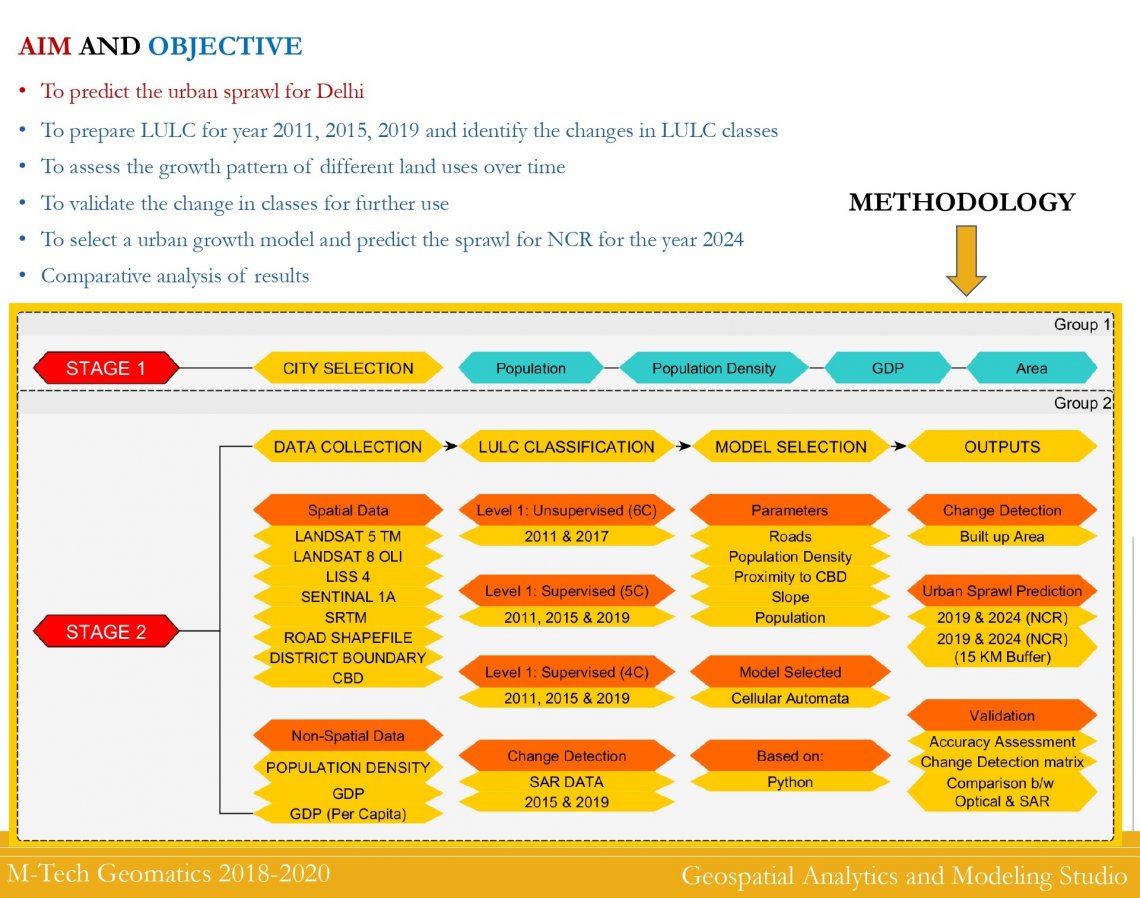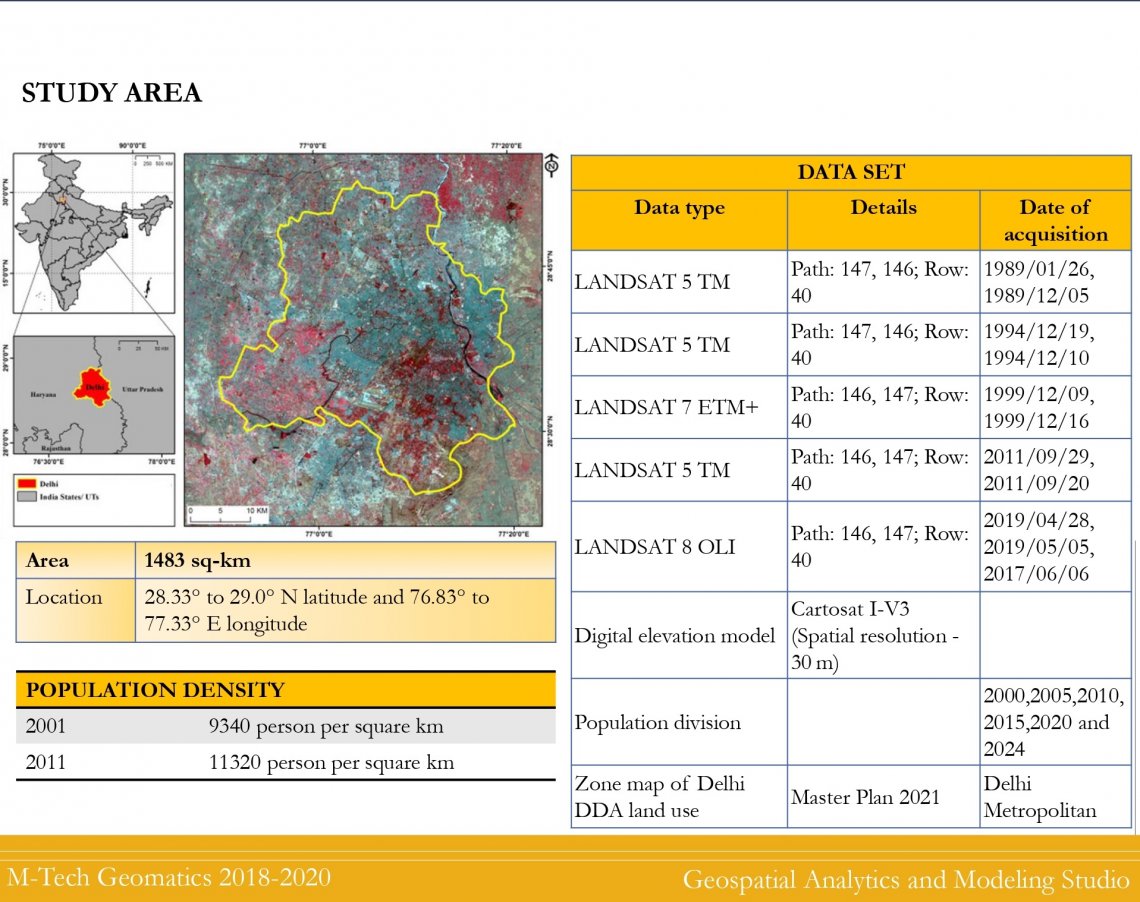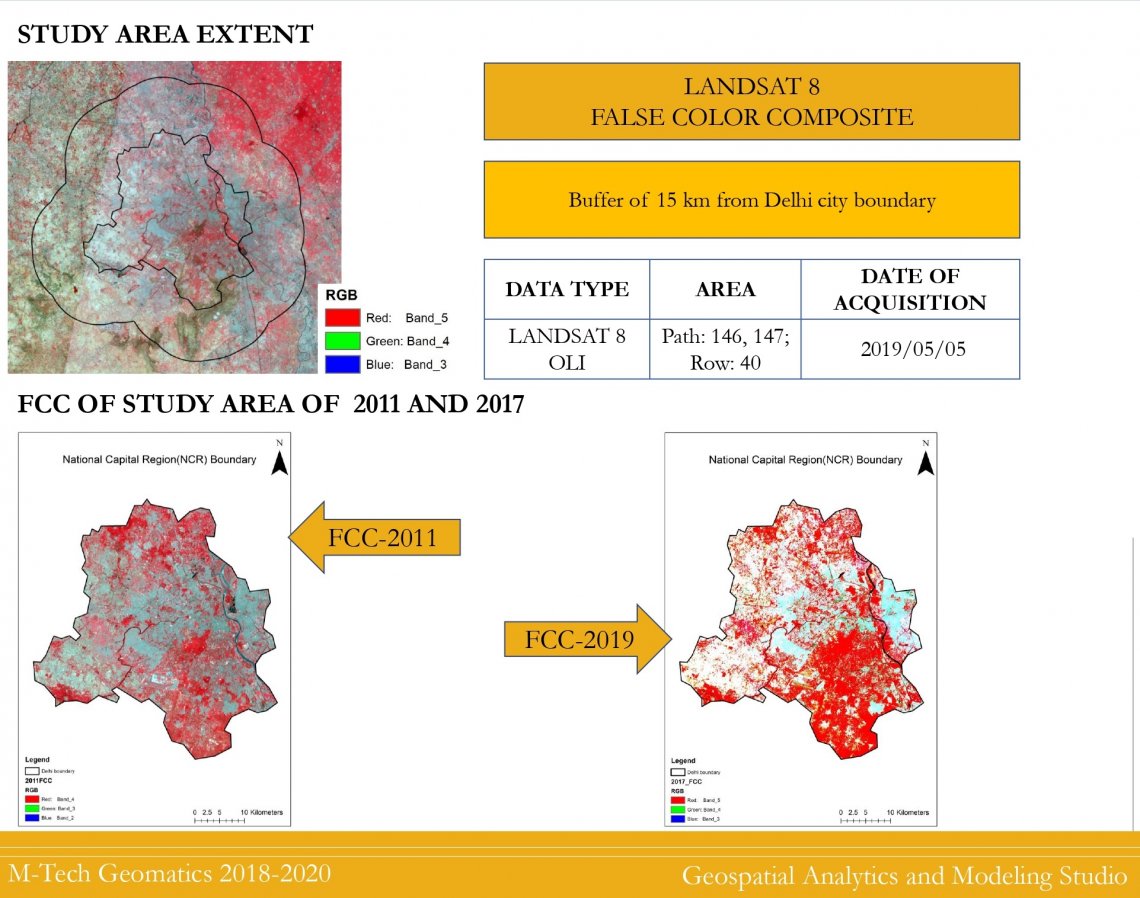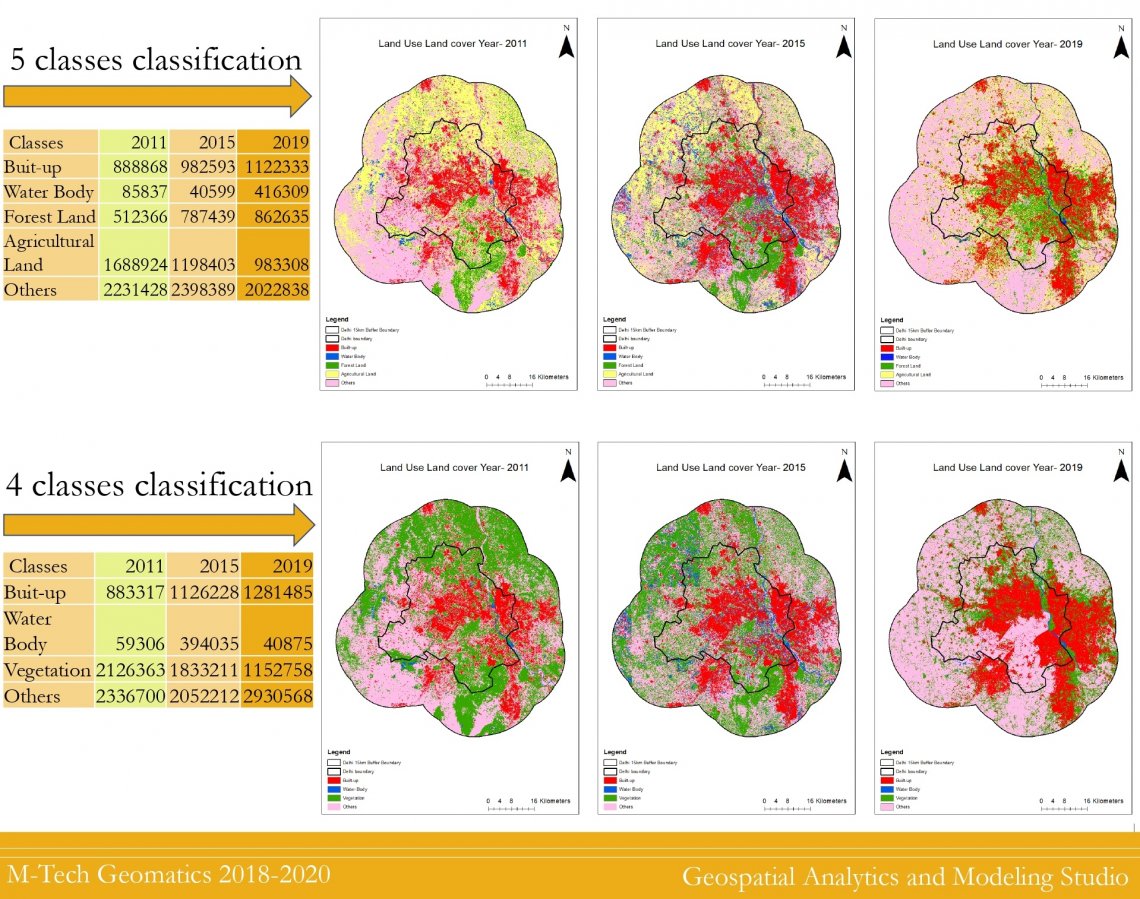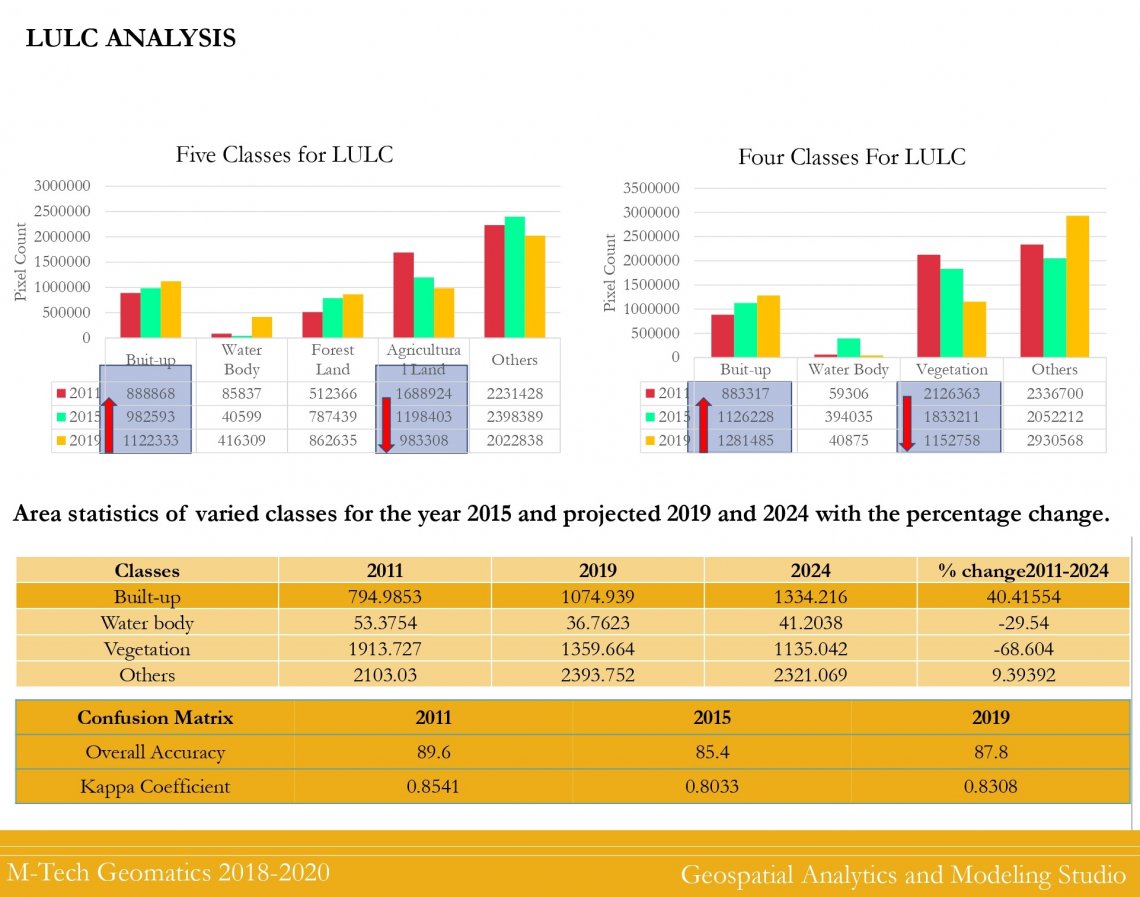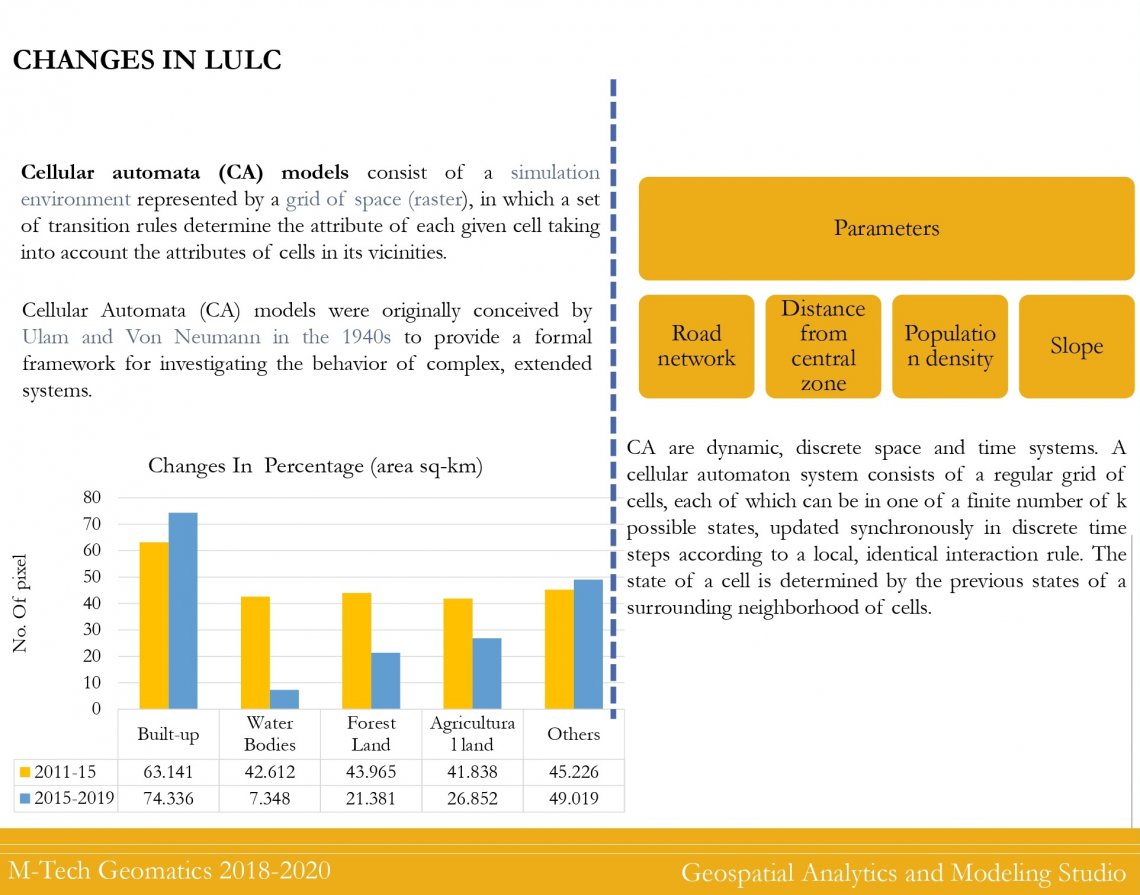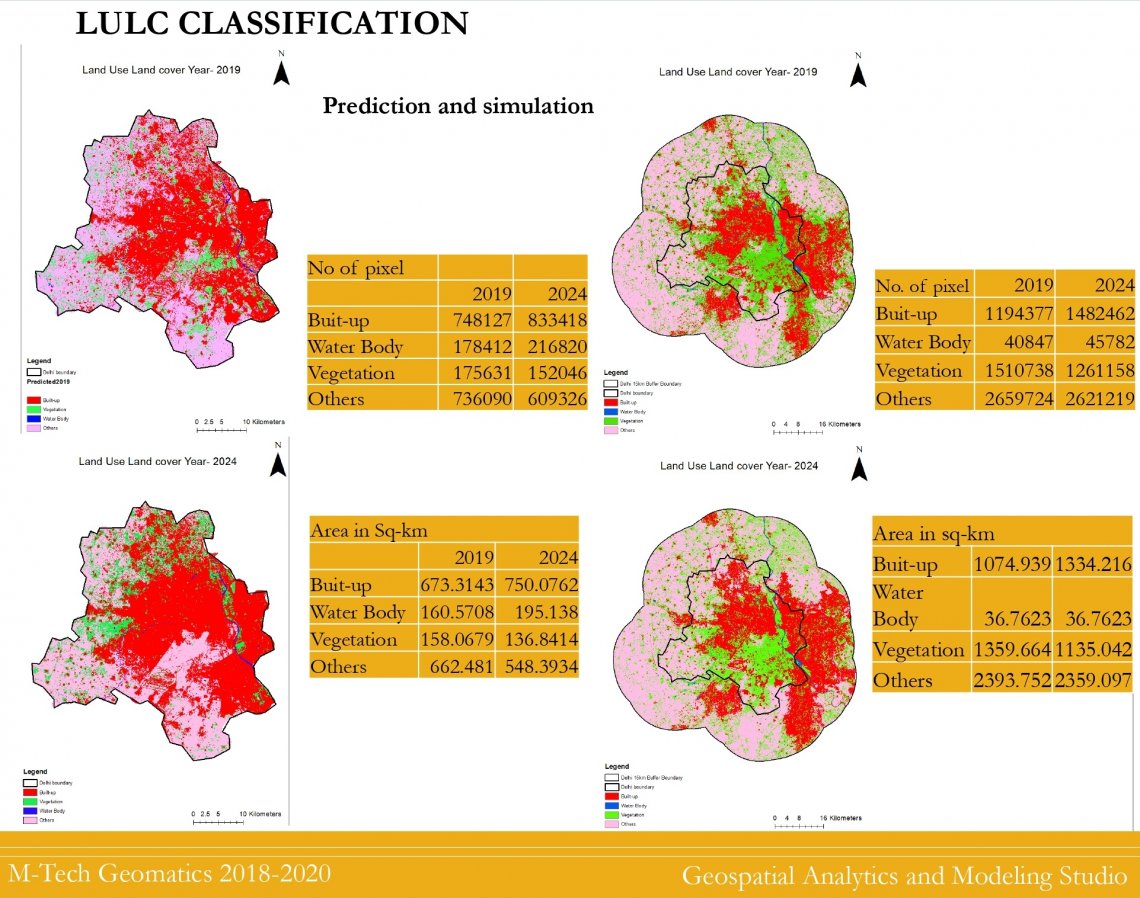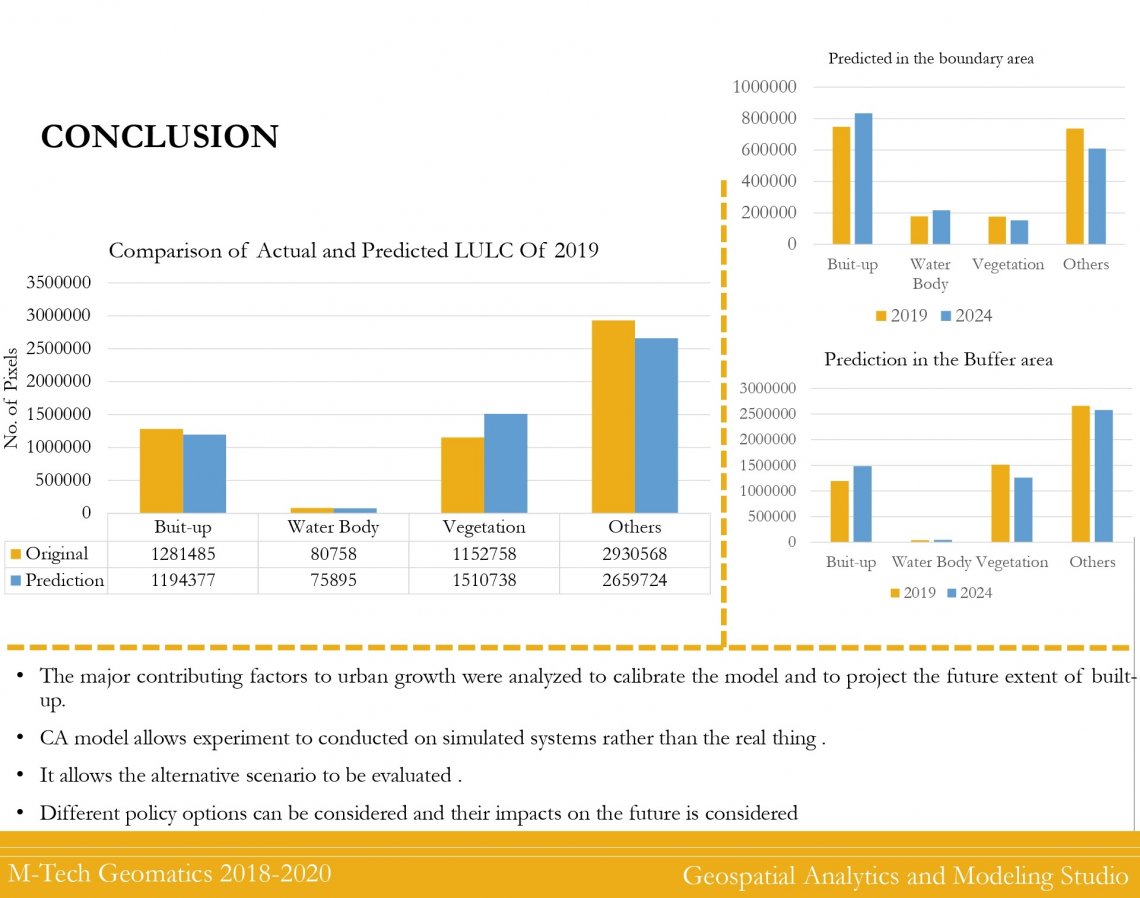Your browser is out-of-date!
For a richer surfing experience on our website, please update your browser. Update my browser now!
For a richer surfing experience on our website, please update your browser. Update my browser now!
Due to the adoption of mixed economy which is a reason for development of private sector in India, urbanization is a emerging phenomenon which is coming into the spectrum of observation & analysis. As compared to other major economies, urbanization is taking place at much faster rate in India. According to 1991 census, population residing in Urban areas was 11.4% which increased to 28.53% in 2001 & 31.16% in 2011. In 2017, the numbers increased to 34%, according to The World Bank. According to a survey by UN State of the World Population report in 2007, by 2030, 40.76% of country's population is expected to reside in urban areas. Mumbai saw large-scale rural-urban migration in the 20th century. Mumbai, in 2018, accommodates 22.1 million people, and is the largest metropolis by population in India, followed by Delhi with 28 million inhabitants. Witnessing the fastest rate of urbanization in the world, as per 2011 census, Delhi's population rises by 4.1%, Mumbai's by 3.1% and Kolkata's by 2% as per 2011 census compared to 2001 census.
